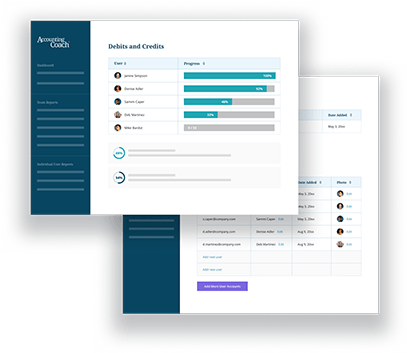Definition of Traditional Method Allocating Factory Overhead
The traditional method of allocating factory overhead (manufacturing overhead, burden) means spreading the manufacturing overhead costs to the goods produced on the basis of the number of the production machine hours used or the number of direct labor hours used.
Weakness of Traditional Method of Allocating Factory Overhead
The weakness of the traditional method is that all of the factory overhead is being assigned to the goods produced by just one factor such as the production machine hours. In reality there are many factors that are driving up the factory overhead costs. Here are a few examples of some of the activities (in addition to the production machine hours) that cause the factory overhead costs to increase:
- Setting up a machine for a new production run
- Unique inspections required by a customer
- Special handling, changes to original production orders, etc.
The more diverse a company’s products and/or their customer requirements, the bigger the distortion between the actual costs of many different activities and the amount assigned to products by using a single factor such as the number of production machine hours. For example, if a customer’s special order requires lots of special activities and very few production machine hours, this special order will be assigned very little overhead costs (even though the order required other costly activities). If another product requires no additional activities other than having the production machine run 24 hours a day, the product will be assigned lots of overhead costs (even though it required no other activity).
If a company uses the assigned overhead costs based on the traditional method of allocating factory overhead for pricing decisions, the company may demand that the customer pay more for the product that required no additional activities. If the customer refuses to accept the price increase and seeks bids from the other suppliers, another supplier may submit a bid for a lower price since this supplier realizes there is very little overhead required to run the production machine 24 hours a day with no other activities needed.
The activity-based costing method is intended to overcome the weakness of the traditional method by having many cost pools which are then allocated by the activity that is causing the costs in each cost pool.




